The The Crow: City of Angels episode of Revisited was Written by Emilie Black, Narrated by Niki Minter, Edited by Ric Solomon, Produced by Lance Vlcek and John Fallon, and Executive Produced by Berge Garabedian.
While not exactly horror, The Crow: City of Angels (watch it HERE) appealed to my dark, goth, horror loving heart back in the day and still does to this day. The 1990s were a period filled with horror and cool films, sometimes films that were both. These days, a lot of people are more into the aesthetics than the content when it comes to art, film included, and The Crow: City of Angels is all aesthetics and a little bit of a dark story that calls to the heart of fans of the original and a few others who stumbled upon it.
Let’s start with the obvious here, this movie is not beloved, not by most and not by far. Even our own bossman, Berge Garabedian, seemed to absolutely hate it. For me, it was love back when I first saw it and now, it’s more nostalgic love if anything. Yes, there is plenty left to love here, but there are also issues. Early on, I would have given The Crow: City of Angel a solid 10 out of 10, but my 15-year-old brain was not as filled with movies and movie knowledge as it is today. Now, at 42, I look at it as more of a 7 out of 10, but with still a lot of love for the film.
What’s the film about? Well, it’s a similar story as the first in that a man comes back from the dead to put the wrong things right. However, this installment in the series takes a different approach by having our lead be a single father whose son saw a crime being committed, this leading to the gang execution of both son and father. This is where the film is different, giving the viewers a story where the love is not a romantic one, something that may have contributed to the film’s downfall. They did try to connect it to the first film by otherwise keeping the same formula with a top bad guy with his gang of underling doing his dirty work, a man coming back to right wrongs, a child who needs help, and some of the same set-ups within specific scenes and sequences. The change from a lover to a father coming back from the dead opened up room for a love interest, something Hollywood loves to put into everything and here, the love interest is the direct connection with the first film, bringing back Sarah as an adult and as the oracle of sorts who sees what is about to happen and goes into it head first for the sake of lead Ashe. Of course, she becomes the potential love interest, but it’s not a romance, so things don’t go easy and don’t end up in the Hallmark romance manner.
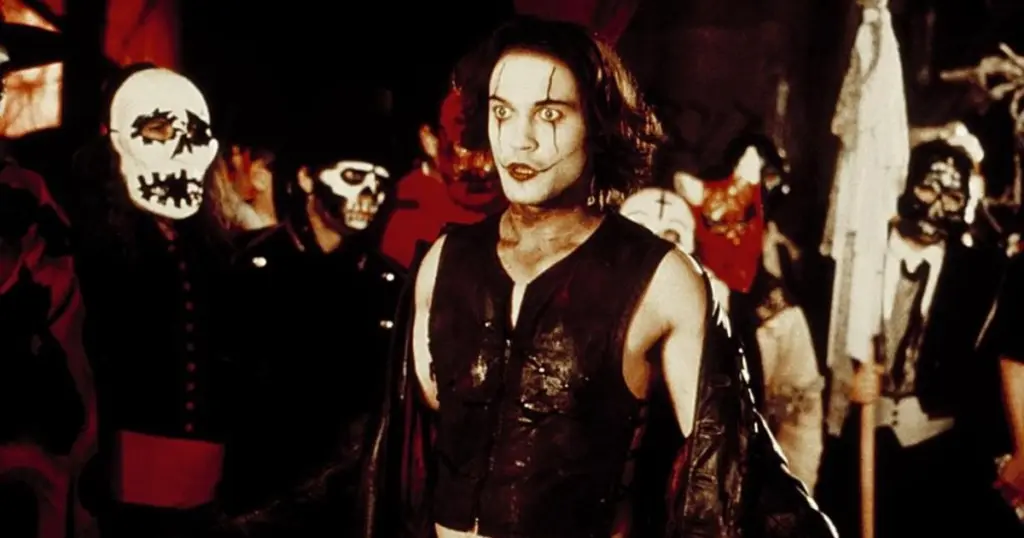
As a teenager, I was in love with The Crow, it meant a lot to me, and it had a huge impact on me. So, the sequel was something I was awaiting impatiently and wanted to see so badly. Only one problem, it garnered a 16+ rating in Quebec, where I lived back then, and, well, a 16+ there is not quite like an R rating in the US. In the US, if a film is rated R, you can go see it before you are 16 if your parents or legal guardian go with you. It’s not something that is all that well controlled in most theaters, so it’s pretty easy to go see a film while under the required age. Especially now with the 20-something screens theaters where you could easily get a ticket for one movie and walk into any screening room. However, in Quebec, a 16+ rating means that you cannot get in if you are under the age required. So, a 15 and a half year old bringing all your ancestors with you for approval and you still will not get in. Also, the film was playing in smaller theaters with just a few screens or even just one screen, so screen hopping was not going to be possible. Thus, this became an adventure to try and go see the film. Research was done as to where it was playing and which of those theaters were a bit more lax in their ID policy. And, myself and 3 friends under the age of 16, we found the perfect theater, this usually empty spot with only a couple of screens, located in the basement of an office building. The University 2020 theater was going to have to be it. We picked a day where most people would not be around and would not want to be at work, giving us a minimally staffed theater where the ticket seller didn’t want to be at work. You see, the film was released on August 30th, 2016, which meant that the following Monday was going to be Labor Day, and in Montreal, that’s your last weekend to really go out and enjoy the summer weather before school is in full swing and temperatures start dropping drastically. We all met at the metro station, headed downtown, found the theater in the lower level of the building, and made our way to the ticket booth. Goodness were we nervous, we had 2 15-year-olds who could pass for 16 easily and 2 14-year-olds who couldn’t possibly. We got in! It was shocking to even us. We went directly to the screening room and hid in its darkness. We couldn’t believe it but didn’t want to celebrate too much. The oldest looking one of us went and got us popcorn and we just sat there, eagerly awaiting the film’s start. Then we saw the movie and of course we loved it. Granted, part of the love was definitely the fact we had broken the rules and had not been caught. As teens, all four of us were considered “good girls” and this was definitely not a “good girl” thing to do.
Following this, I picked up the film on VHS when it came out on home video, something much easier as I was then 16 years old and could prove it when picking up the tape at HMV. I loved it still as I watched it regularly. These days? I look at the film in a more critical manner, with over 20 years of experience as a film reviewer some films get rewatched with new eyes and become less of a favorite for many reasons. These days, I still love the film, but not as much as I did back in the day. I’ve aged, I’ve learned a lot, and I’ve seen a ton more films, giving me a different perspective on this one. So, the 7 out of 10 is my newer rating for it and it comes from many things.
The main thing that still hits right in The Crow: City of Angels is the look of the film. Yes, some of it looks like it’s a set and some of it looks like maquettes, but it looks right. It may not sound right to some, but the mix of sets, maquettes, and locations with the lighting and smoke in some scenes is just beautiful. The film has a lot, a clear aesthetic, something that many films don’t seem to bother with anymore. The story is set in a specific universe and the attention to detail by the production team, with décor, set dressing, and selection of locations shows that there was a clear direction on what was wanted here and how to obtain it. Yes, it looks like a set often, but it works for the material at hand. This is a comic book film after all and not all comic books are happy, brightly colored worlds for superheroes to live in. Sometimes, just sometimes, the universe the story is set in is dark, only at night, and violent on every front. This here works, the look of the film, its mood, its very goth universe. All of this is shot beautifully well by cinematographer Jean-Yves Escoffier better known for his work on The Lovers on the Bridge. His work here is strong and gives the settings and story the space to develop on screen.
Another aspect that has aged quite well is the music, from the score by Graeme Revell to the soundtrack filled with just the right songs. Revell returns from the first film and gives this film a mood filled with emotions as he did for the first film. His work is a highlight of this film, something that is easy to go back to and listen to when in the right frame of mind for it. The soundtrack, on the other hand, is much heavier and even moodier. The Gold Dust Woman cover by Hole is fantastic here and stuck to me back in the day, still randomly requesting it put it on by way of earworm here and there. The soundtrack as a whole works on its own and with the film, staying a regular CD to put on for some moody music that hits just right. Having songs by Filter, PJ Harvey, Bush, and even Rob Zombie who almost directed his own Crow film back in the day, all help make this an enjoyable one.
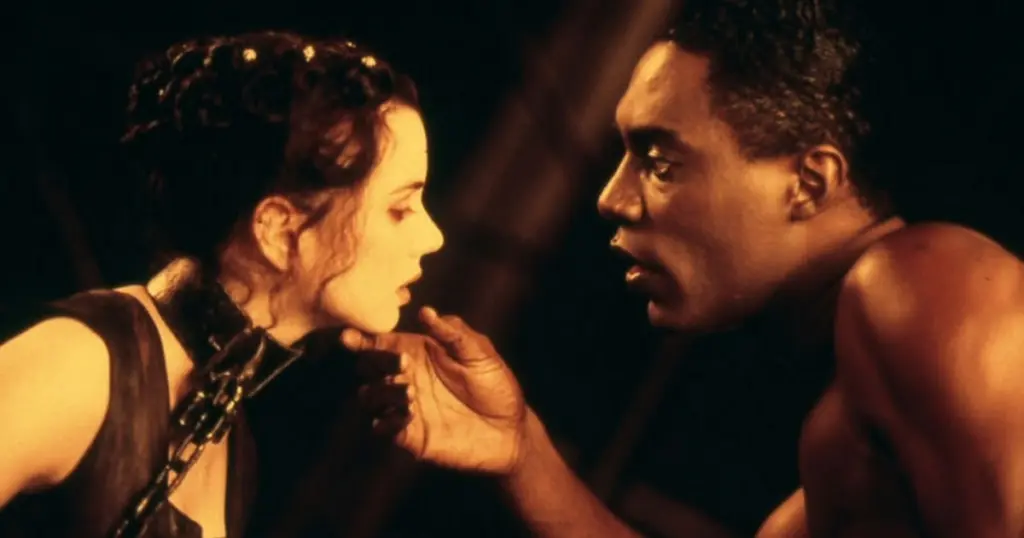
Now to where things get uneven: The performances. The cast here is interesting in the very least. The lead of Ashe Corven is actor Vincent Perez who was rumored to have done his line phonetically as his English was not on point, or even possibly none existent. This is far from the man’s best work, something of frustration for someone like me who grew up watching him, kept watching him after, and even met the man. His work is usually much stronger than this, his work in Queen Margot, Fanfan, Cyrano de Bergerac before The Crow: City of Angels shows that he can handle complex characters, action sequences, and so much more. His work since City of Angels shows that he just keeps getting better with parts in On Guard, The Libertine, a completely different Fanfan, as well as a bunch of English language films shows he can act, he can pull off just about any character, but something in this film is missing, leading to the belief that the rumored phonetic line readings is on point.
Working alongside him in many scenes and getting plenty scenes on her own is Mia Kirshner as Sarah, the only character coming back from the first film. Well, the only one besides the cat Gabriel. Her version of Sarah is quite far from what we see in the first film, but it’s easy to just go with it as she clearly is now an adult with a career as a tattoo artist and a fascination for the dead. Her evolution makes some sense. The change in cast for this part between the two films, from Rochelle Davis to Mia Kirshner, is logical in that there is only two years between the two film’s releases, yet Sarah is now fully grown, thus setting the second film many years after the first. Kirshner takes this part, makes it hers, and brings an ethereal aura to the character that works great for this viewer. Her work here is something that still sells the film to me. I know plenty of people don’t like what she did here, but I do.
Joining Perez and Kirshner on the other side of things are the rest of the cast members including Richard Brooks who sometimes hits just the right notes, but at the other times reminds us all that his character is no Top Dollar, and his performance is nowhere near that of Michael Wincott. This leads to a fairly non-menacing villain with too many things in common with the first film’s villain while also not coming off like the leading man of evil that Top Dollar is. Of course, comparing the two is not fair, but as this is a sequel, it must be expected. Also giving a frustratingly uneven performance is basically everyone else in the cast, Iggy Pop being an exception as his performance feels like it’s somehow exactly what the movie needed. Considering he’s not an actor and the others are, it’s frustrating. The fact that Iggy Pop beats out most of the cast in terms of performance either says something about him or about them, or most likely, a mix of these. Pop clearly wanted to perform well and show what he could do while the rest of the supporting cast seems to be phoning it in for most of their performances. Granted, some of them were not exactly given much to do or fully fleshed characters which comes down to the writing and directing.
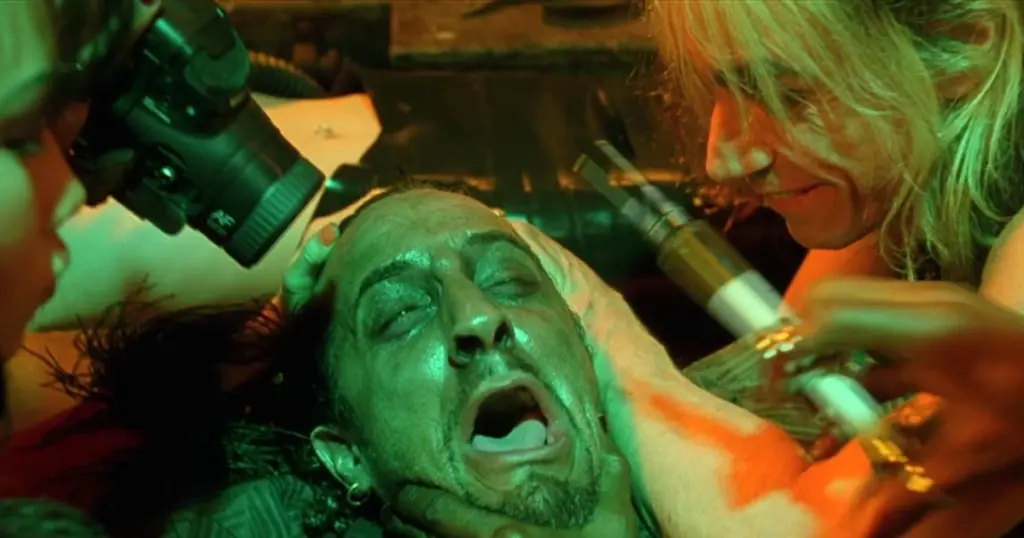
Of course, this film is based on the work by James O’Barr, but the script itself is by David S. Goyer. For those who are used to his films, he has many ups and many downs. His work is the definition of an uneven career with massive budgets put on some films that were just not it. His work before The Crow: City of Angels basic writing of mostly sequels and home video releases. Then The Crow: City of Angels, then a few movies some may have heard of like Dark City, Blade, Blade II, Batman Begins, The Dark Knight, The Dark Knight Rises which were all great, but also some massive let downs like Blade: Trinity, Jumper, The Unborn, Batman V Superman: Dawn of Justice. The man writes a ton and, well, not all of it ends up being good movies. Is this something due to his writing, the directors working from his scripts, or production? Well, it’s most likely a mix of all three and to be honest, it makes seeing his name on a film an iffy thing as to whether or not it will be good. Which may explain some of the things that didn’t work with The Crow: City of Angels. I’m sure some things were forced upon him by the studio, but also, some of the writing is not great here and it shows on the screen. Which leads us to the director. For this sequel, the director chosen was Tim Pope, a man better known for directing music videos. And by that I mean pretty much just music videos. This may explain some of the decisions, some of the directions given to actors, and a bit of how the film looks. He directed, and was excellent at it, music videos for Siouxie and The Banshees, The Cure, The Psychelic Furs, and Iggy Pop for example. His work was visually exactly what the film needed, his experience with actors was however limited and I strongly believe this shows in the final product.
Overall, The Crow: City of Angels hasn’t aged as well as its predecessor and it loses in appeal as the years go by. Not mentioned above is the CGI which ages even worse as time goes by. Basically, The Crow: City of Angels is loved by some, but the love is very much based in nostalgia, with some being for the look of the film. Visually, it’s still a stunning film, the soundtrack still rules, but the acting and cgi are not on point and they hurt the film as a whole.
Two previous episodes of Revisited can be seen below. To see more of our shows, head over to the JoBlo Horror Originals channel – and subscribe while you’re at it!







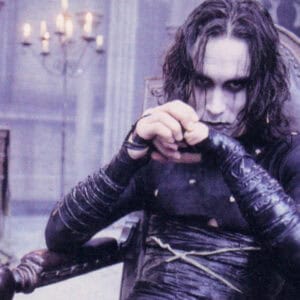
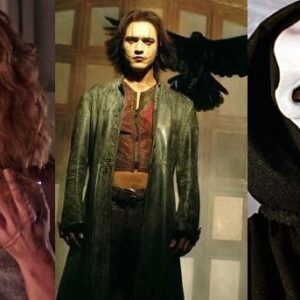
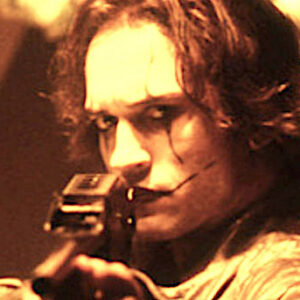



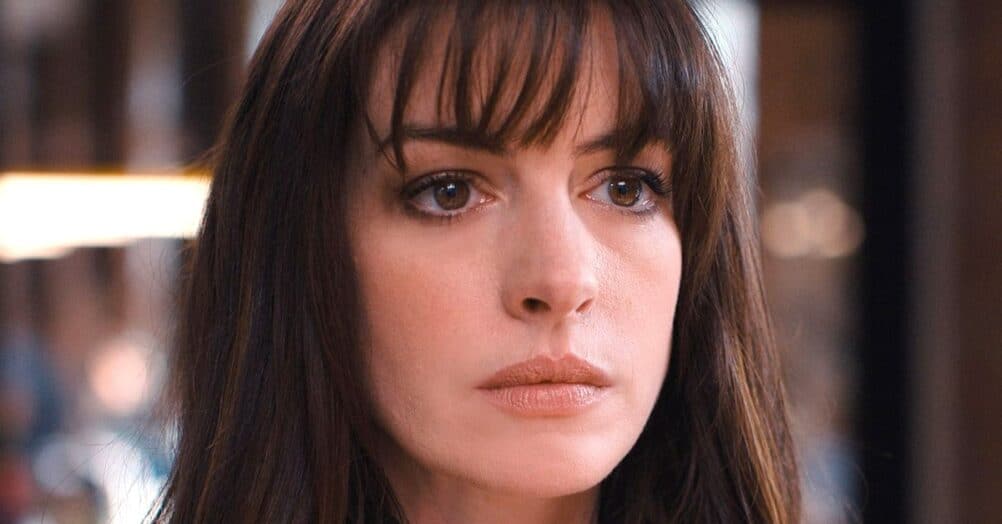

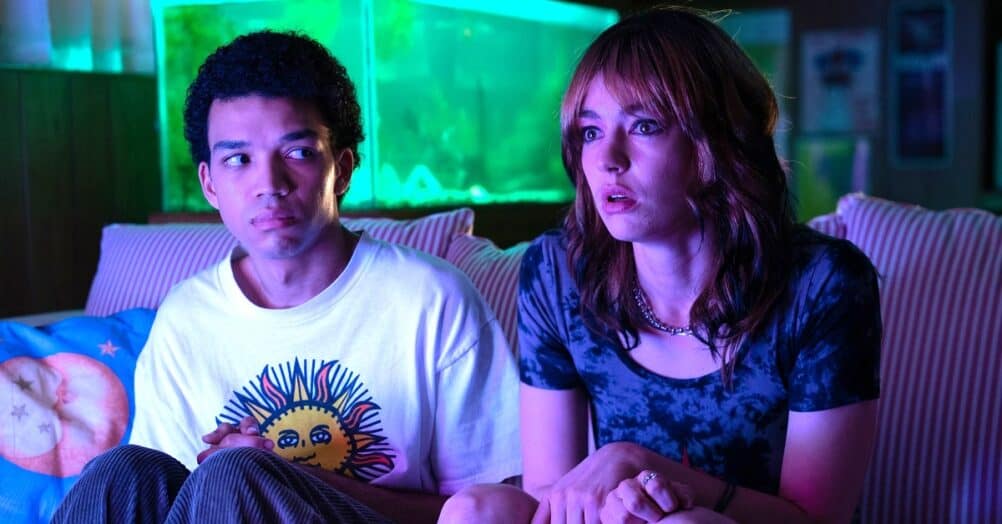


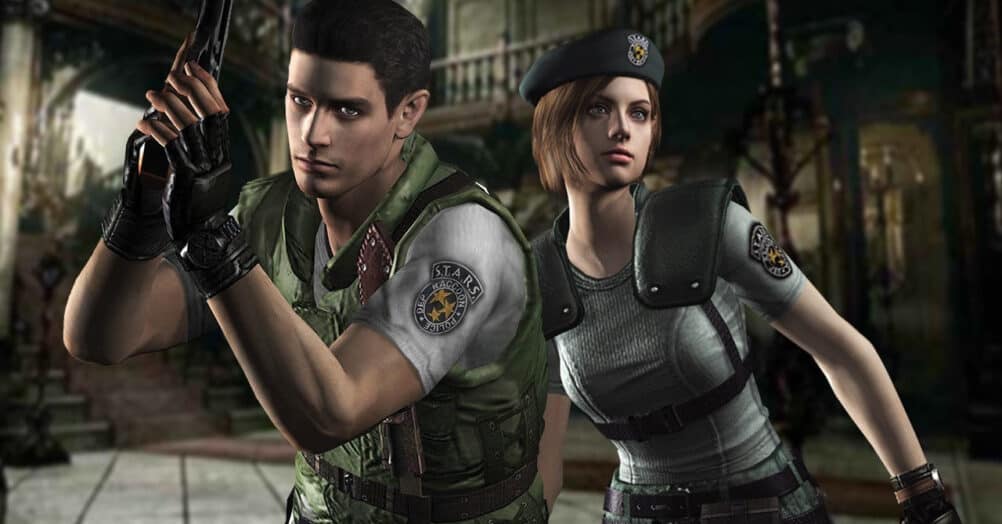

Follow the JOBLO MOVIE NETWORK
Follow us on YOUTUBE
Follow ARROW IN THE HEAD
Follow AITH on YOUTUBE